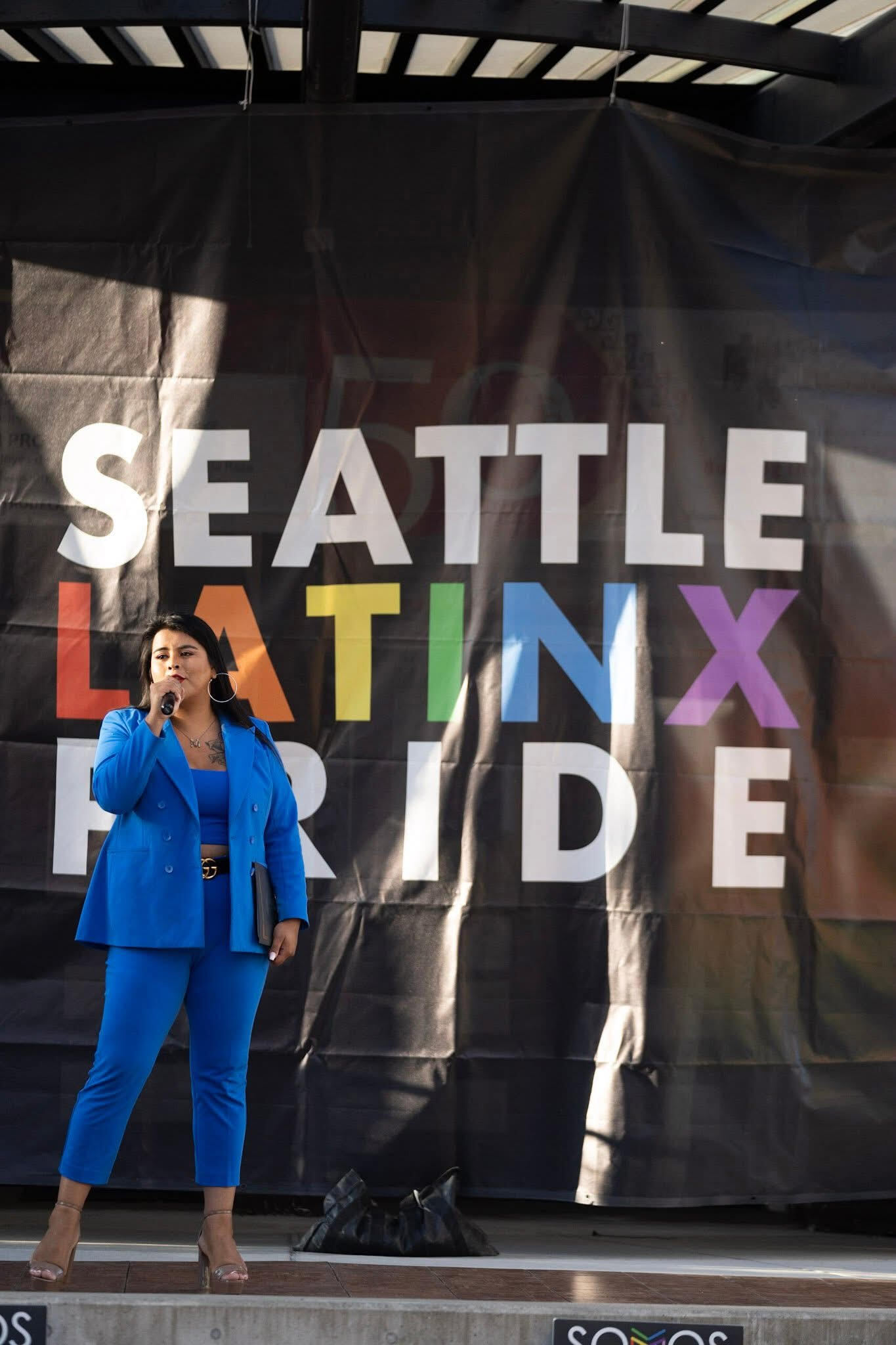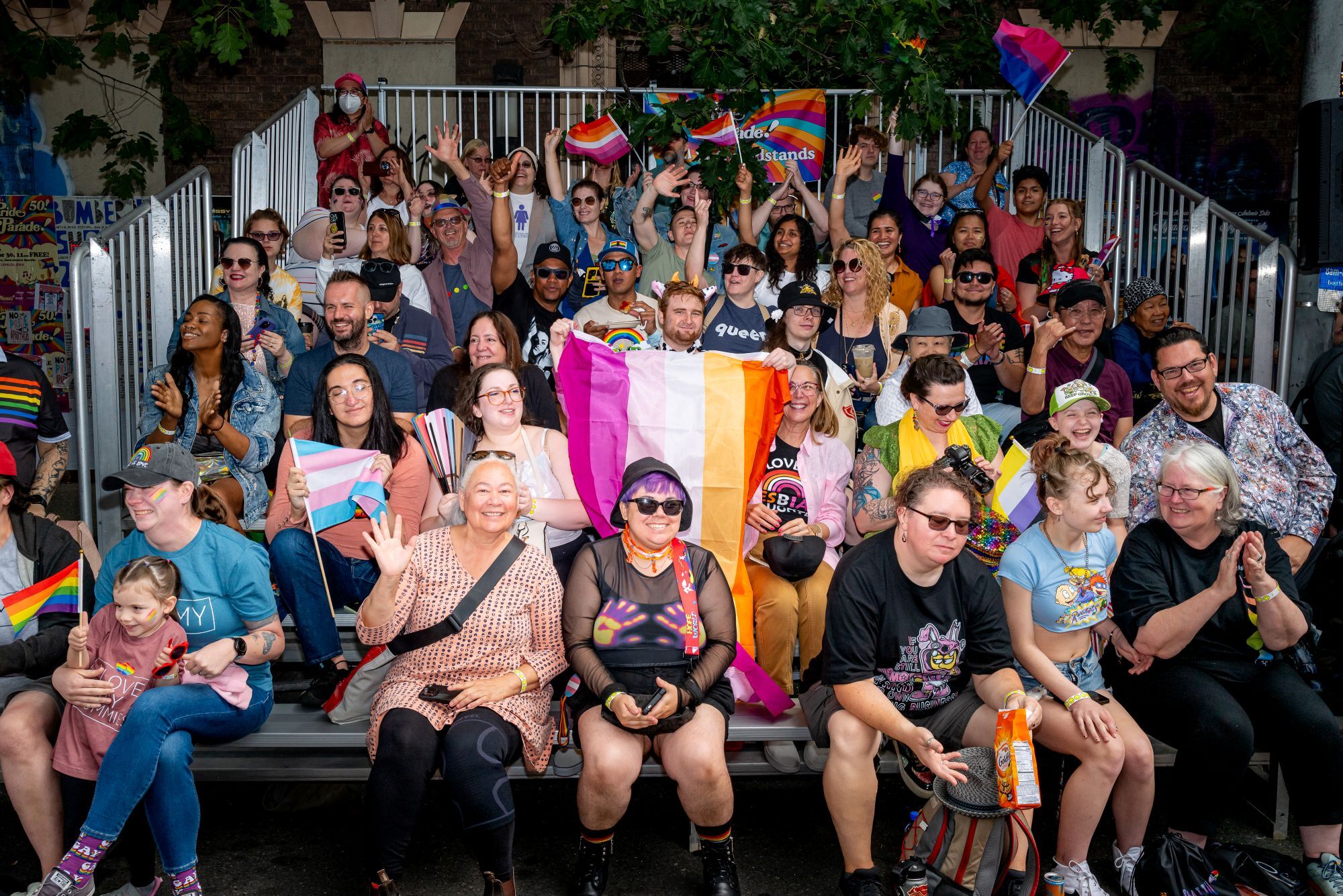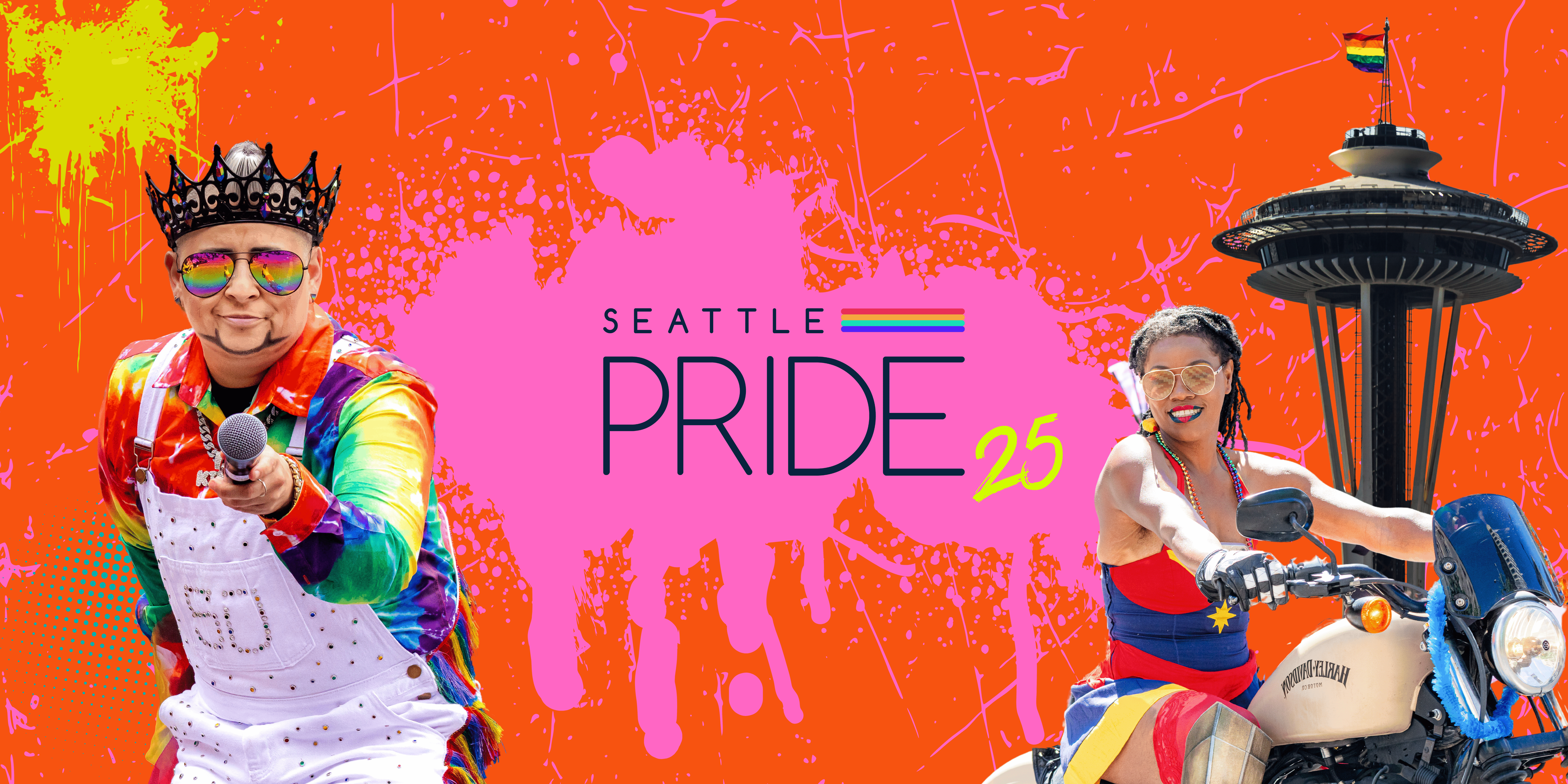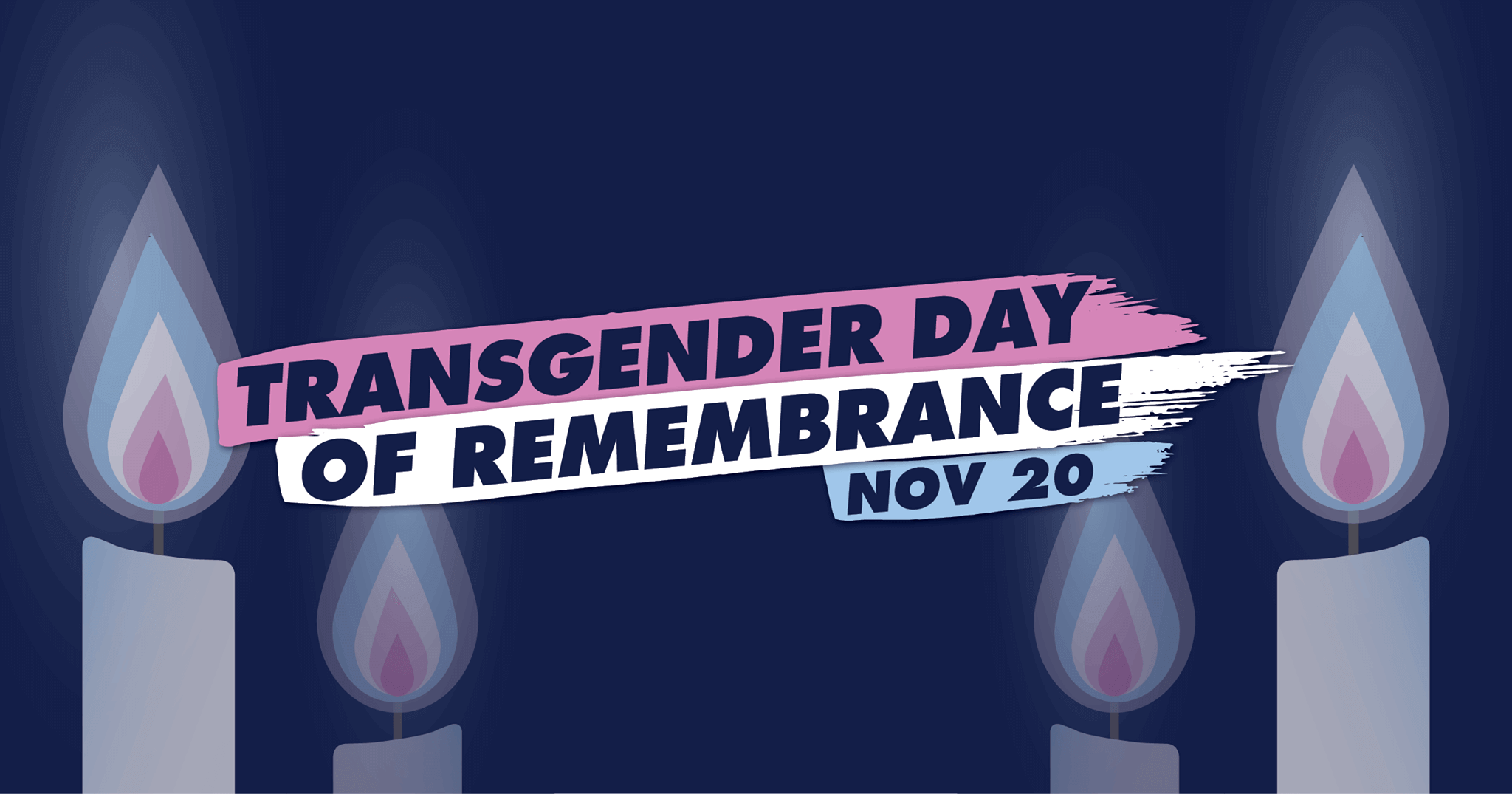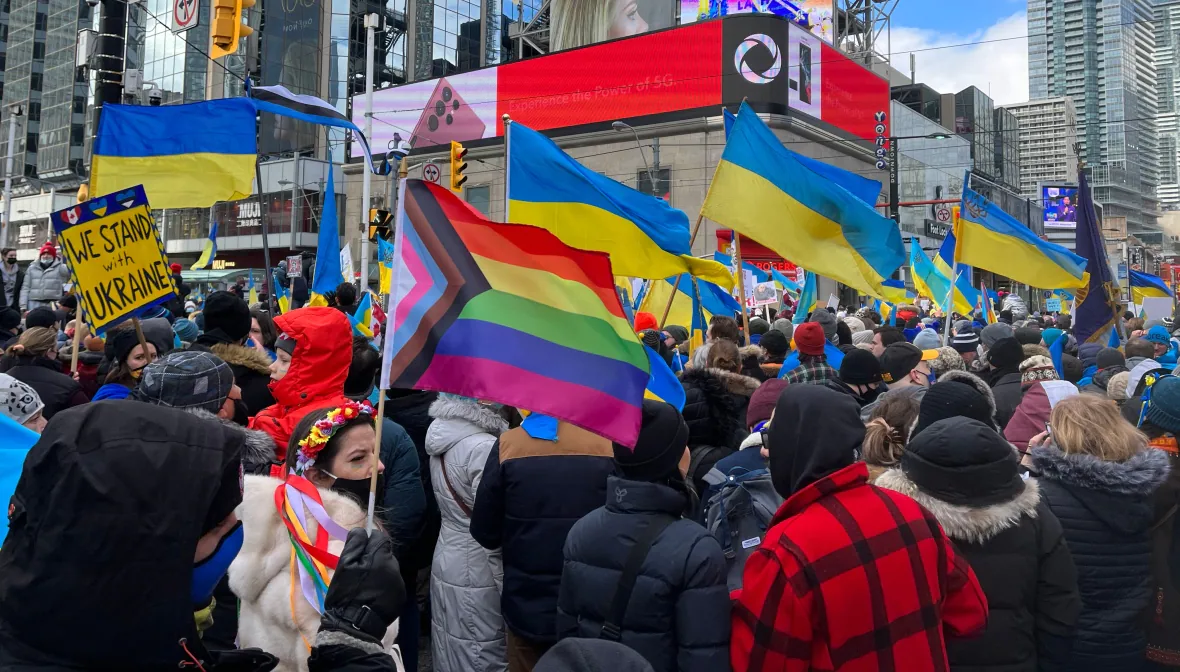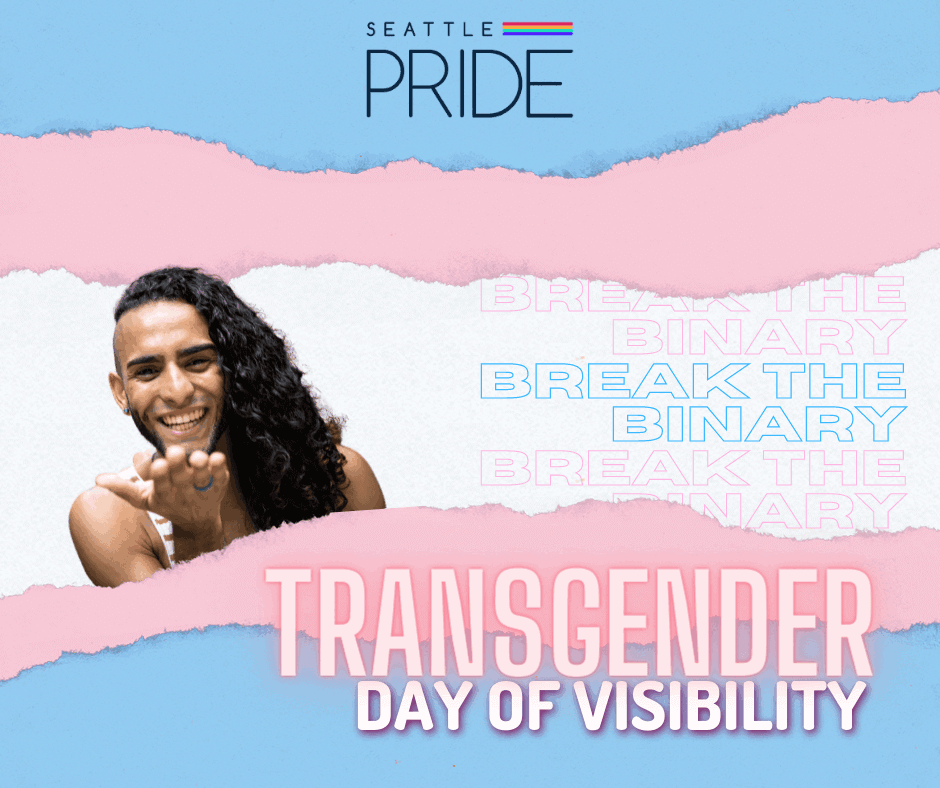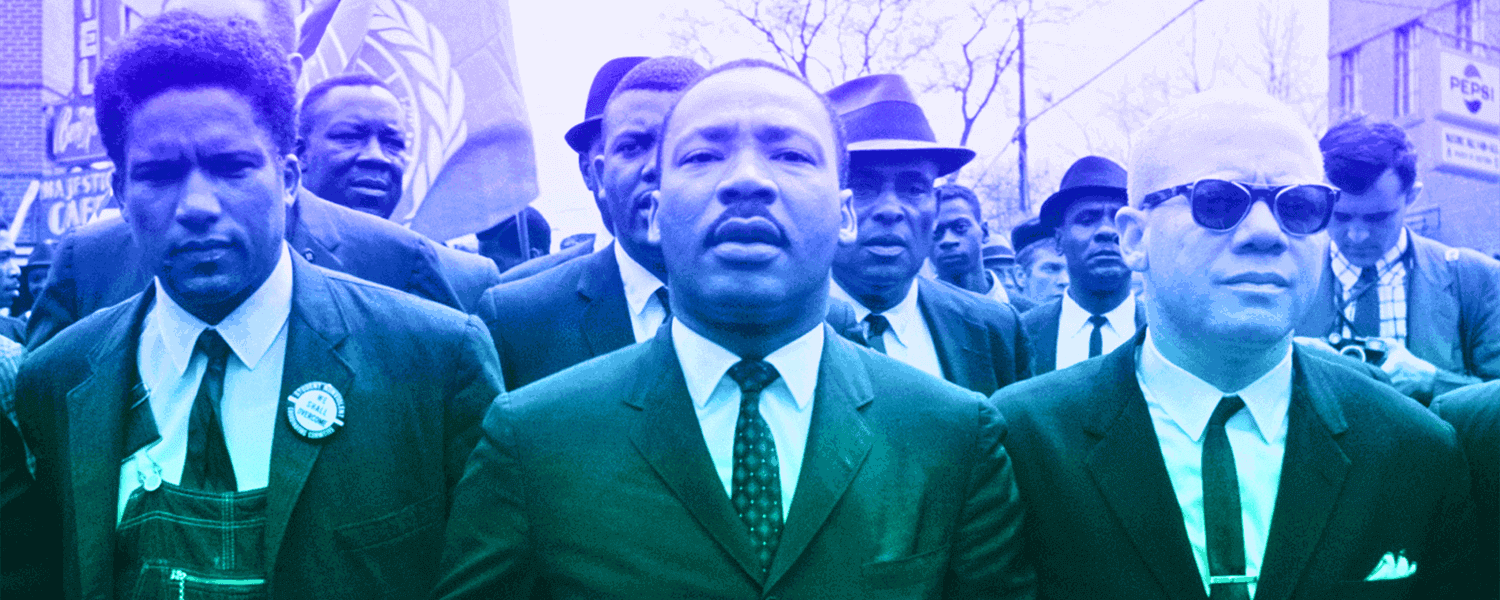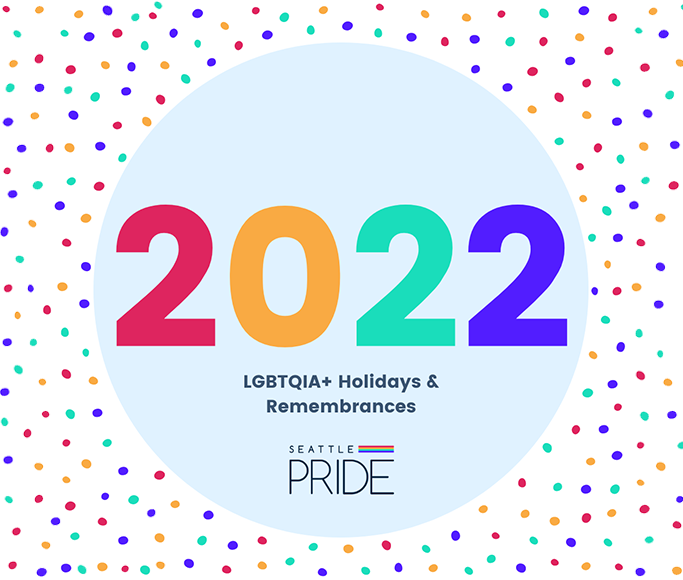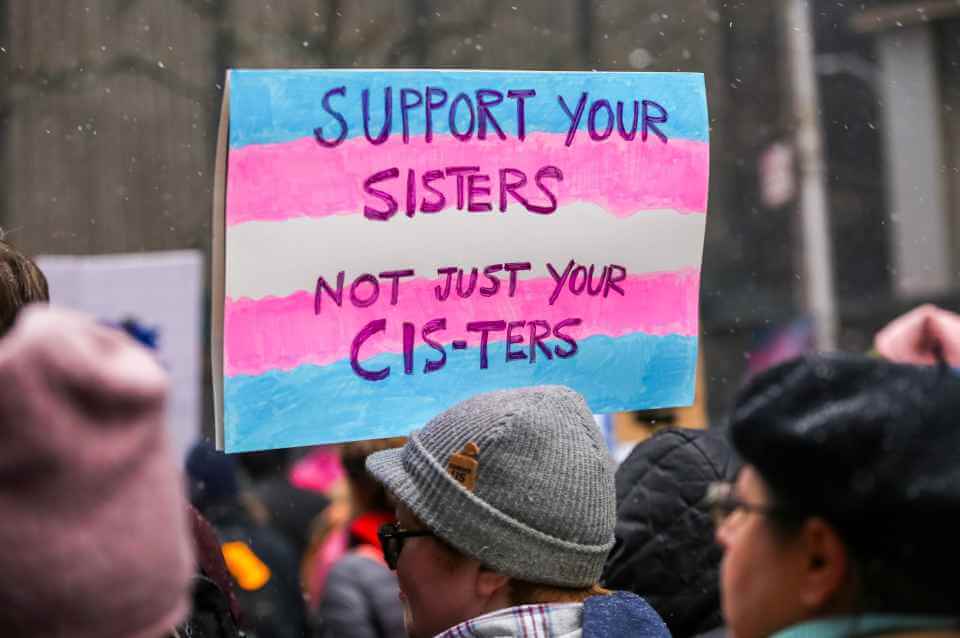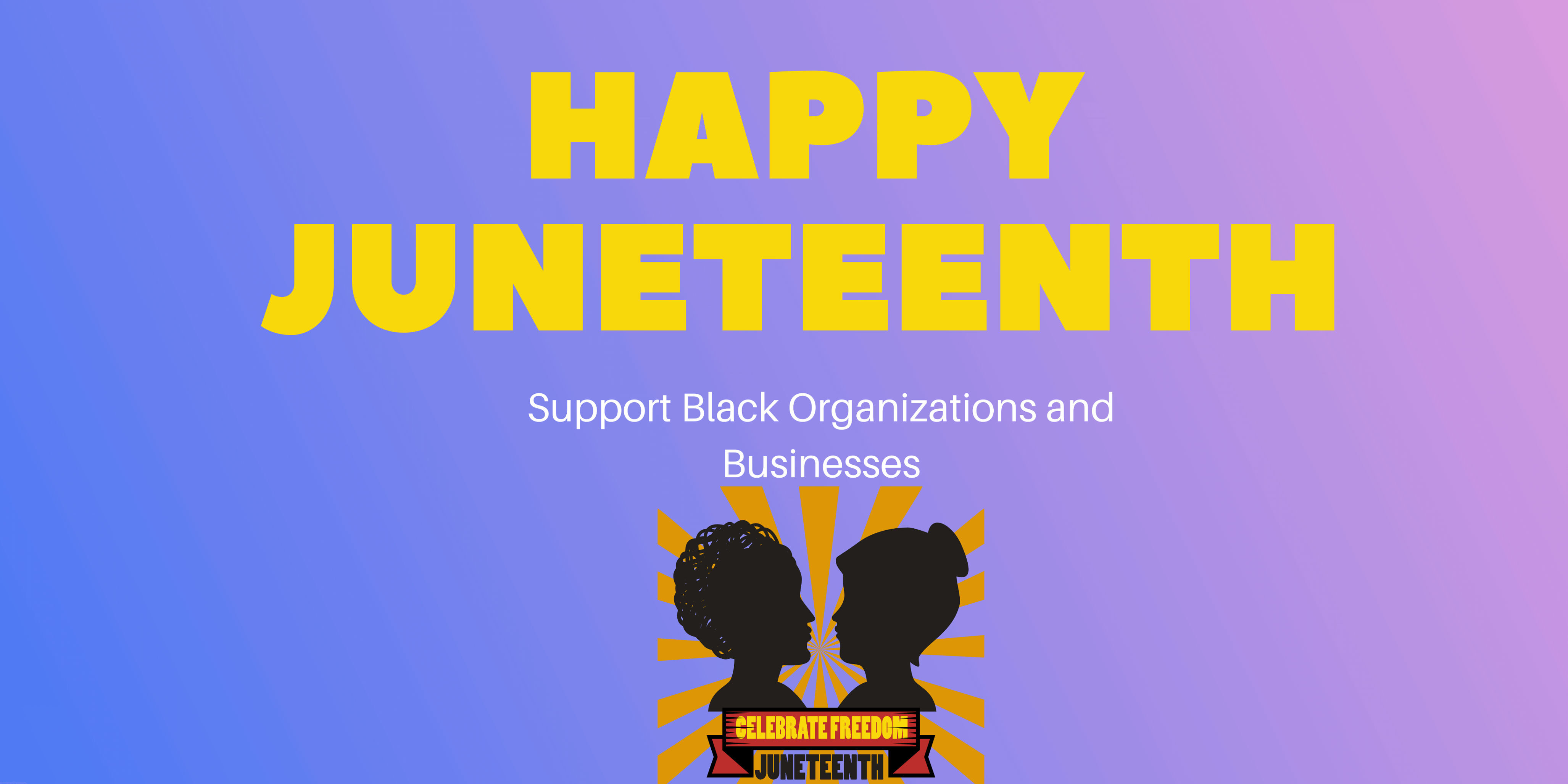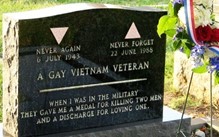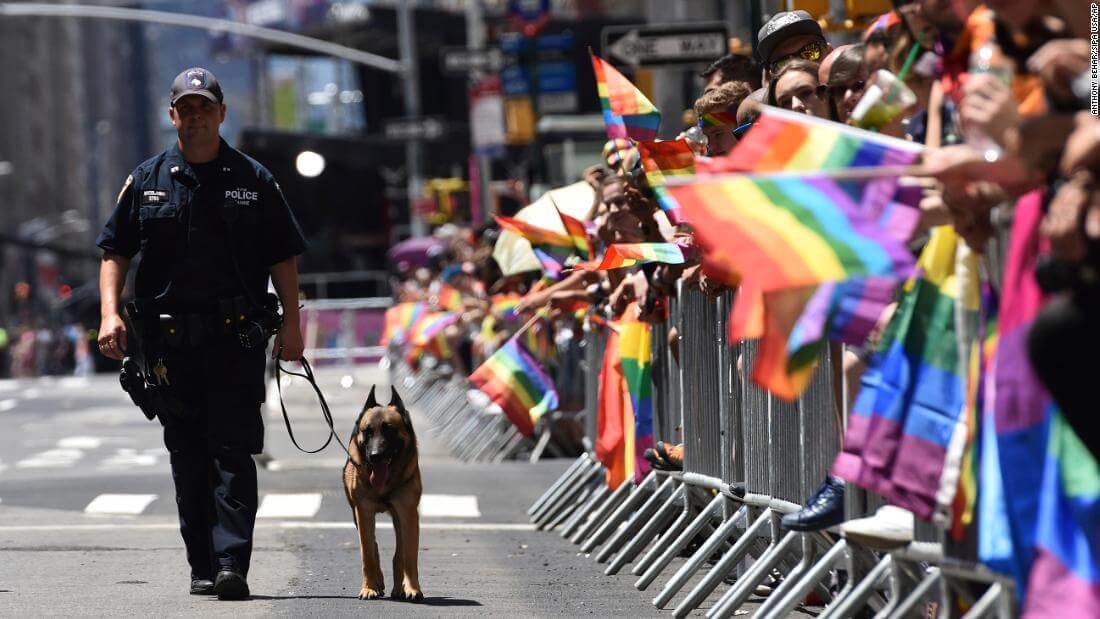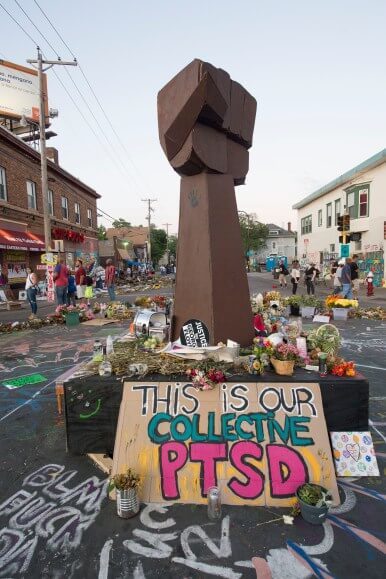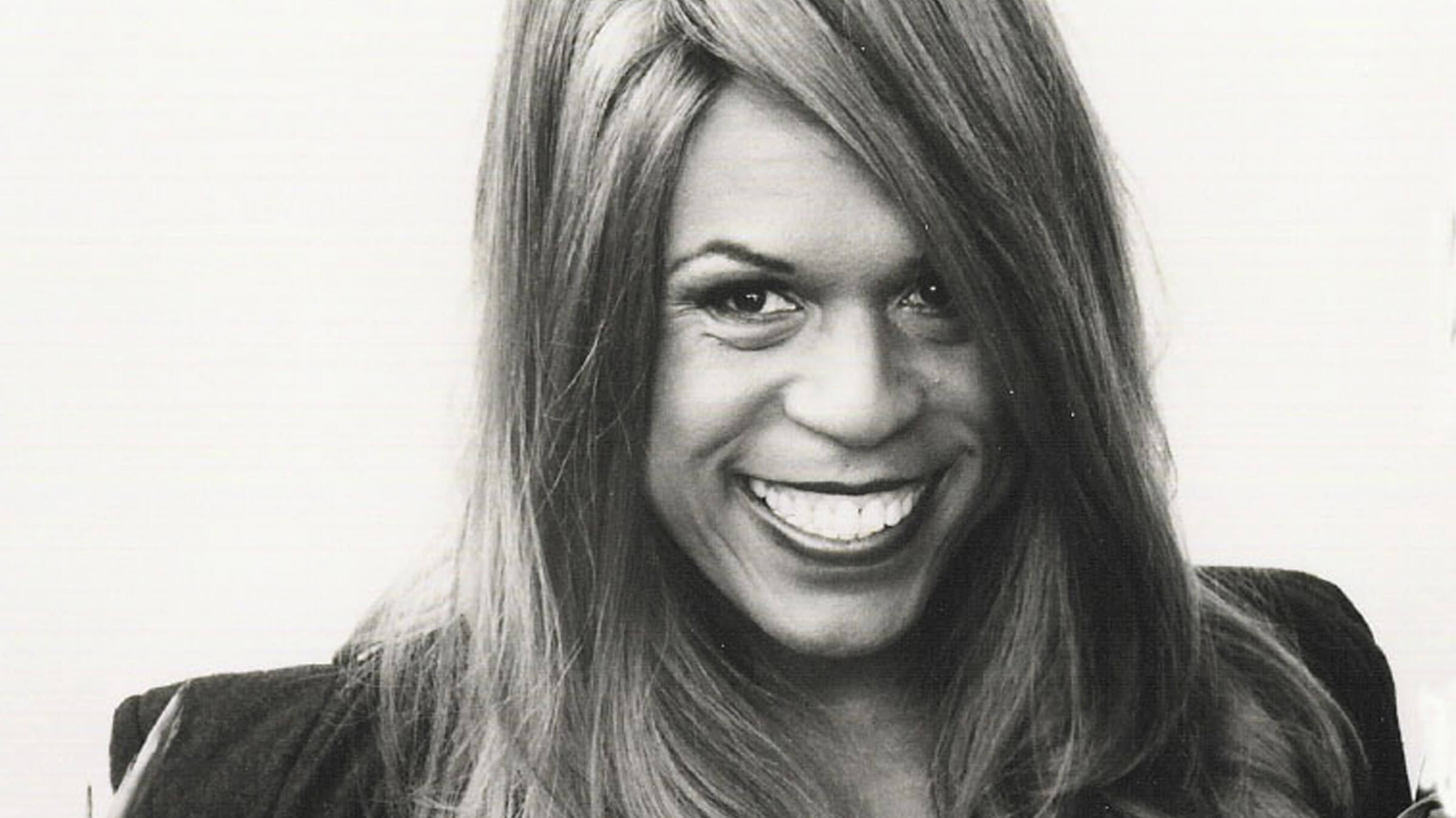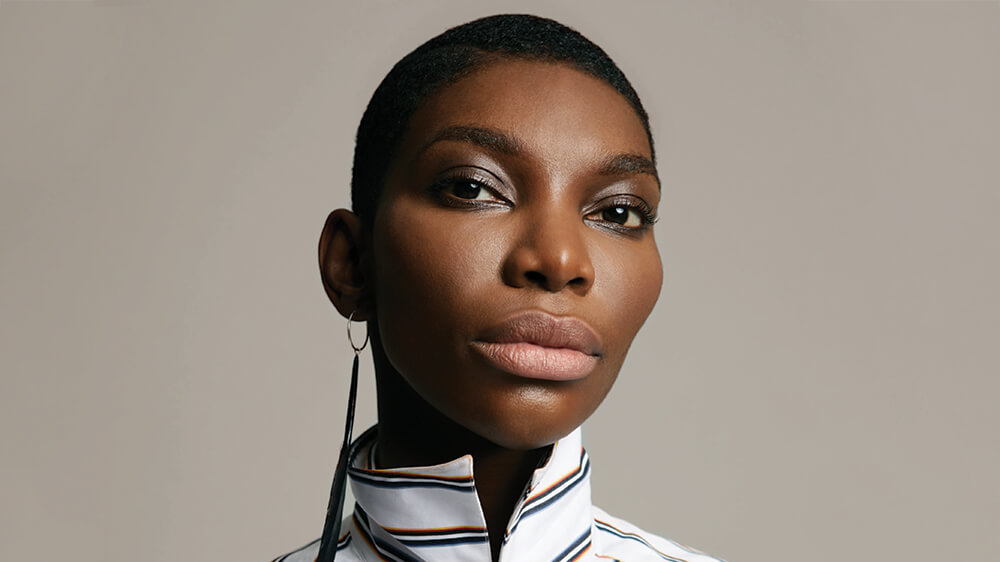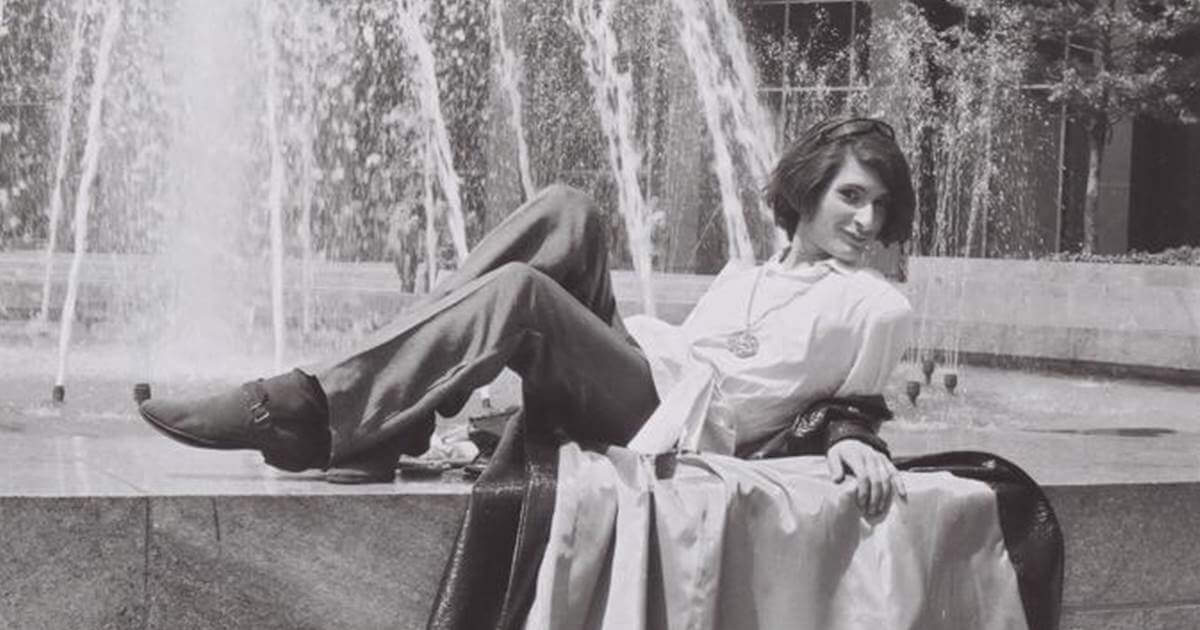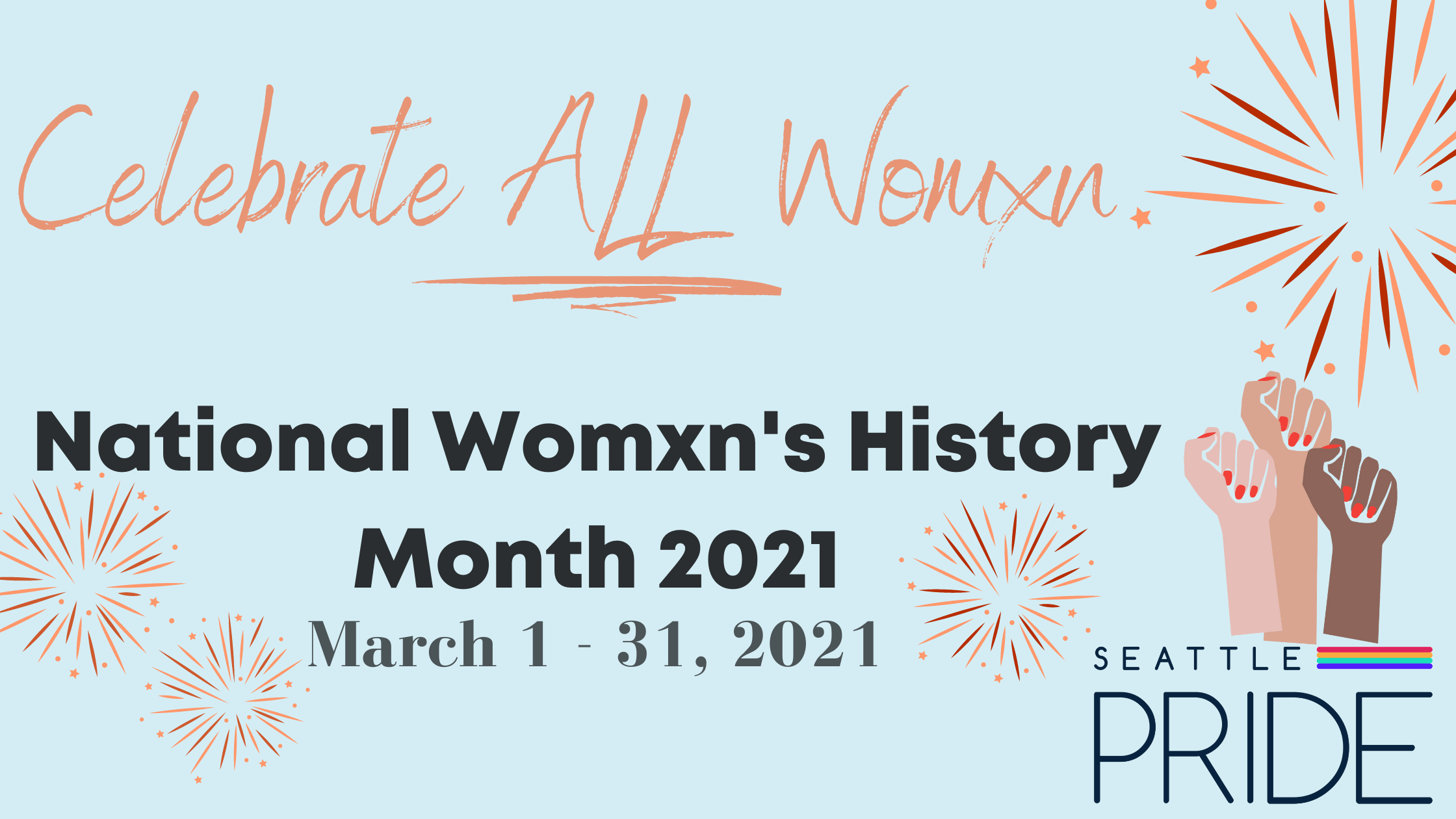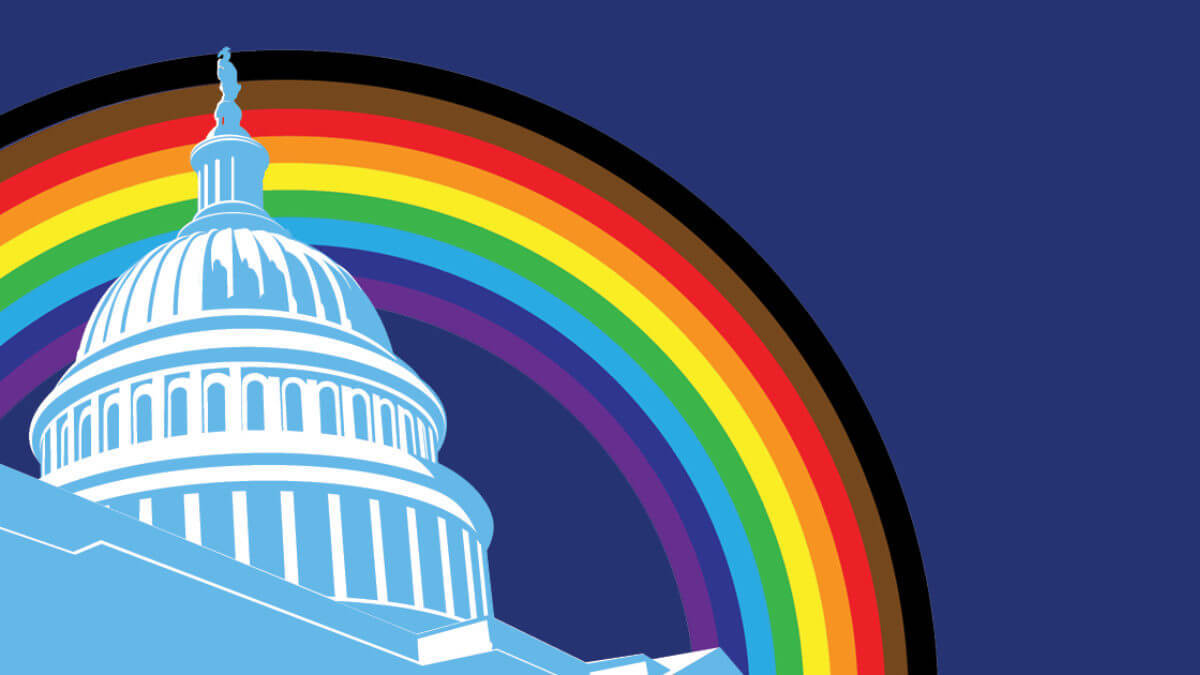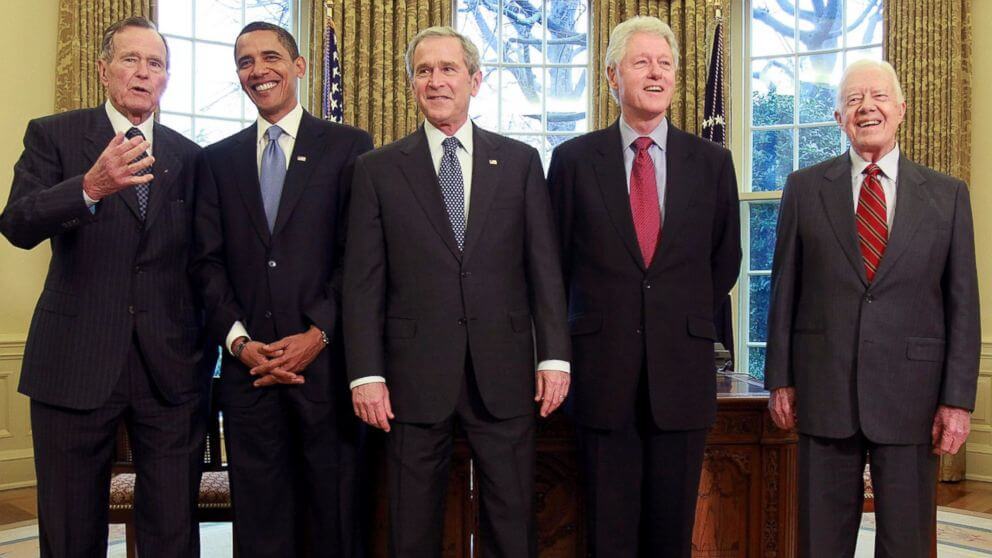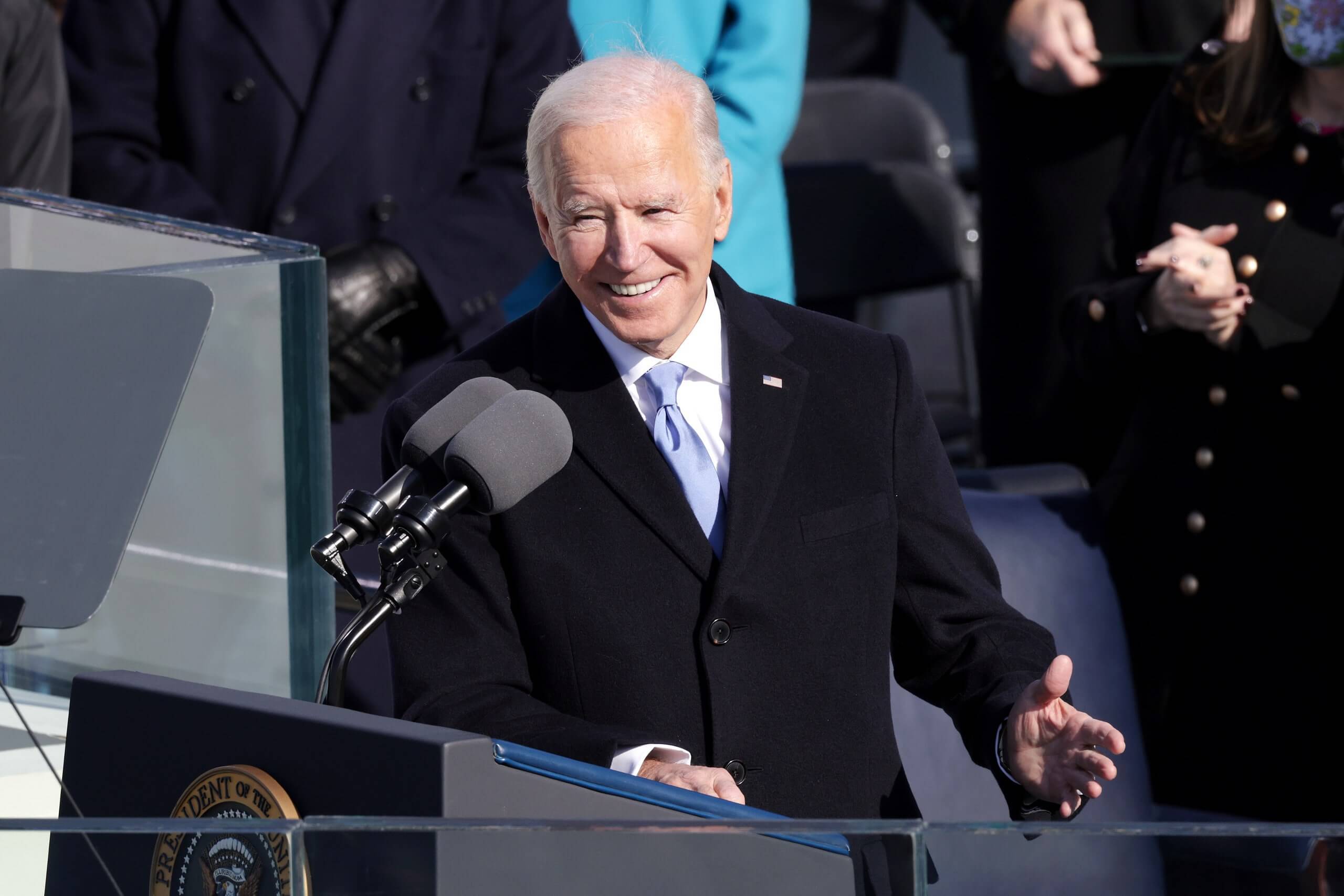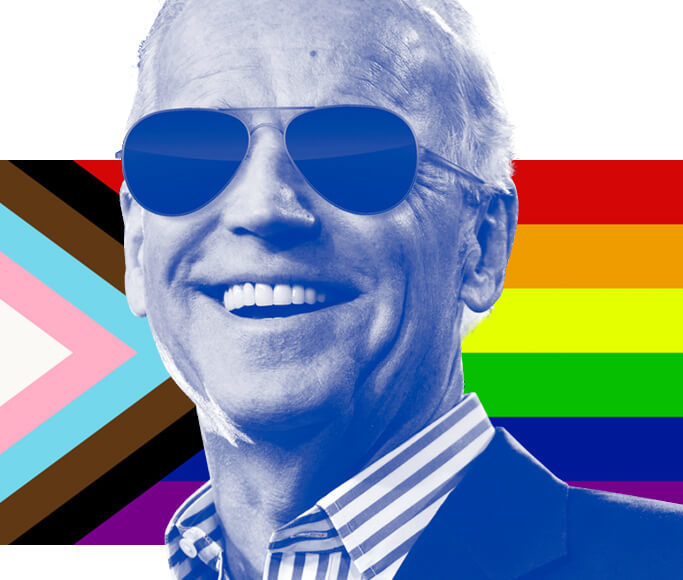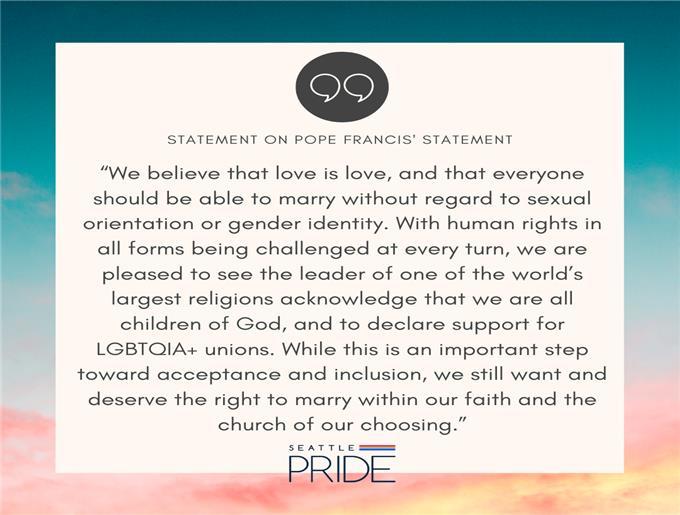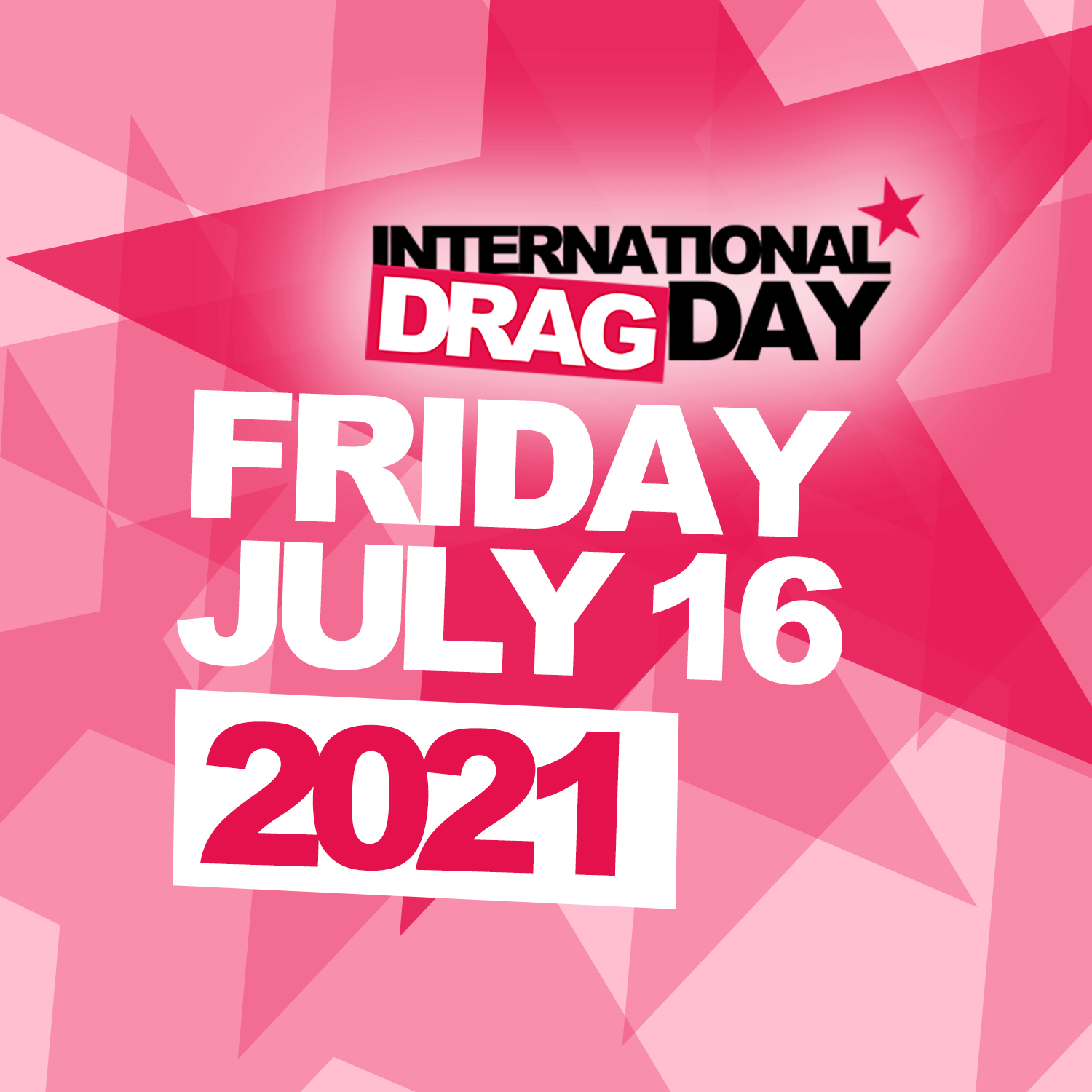
International Drag Day!
Jul 16, 2021 | Seattle Pride
From its start as theater slang to its pop culture prowess today, “drag” has become a celebrated term while keeping its transgressive power. And the word is still evolving today. So, how much do you really know about the history of the word “drag”? And where did it come from?
According to the Oxford English Dictionary, the word “drag” has existed since at least 1388, but it wasn’t until the 19th century that it was used in connection with performing in clothes or a persona different from your own gender.
In 1870, the Reynolds Newspaper in the United Kingdom printed the word in a gender-bending context in reference to a party invitation. “‘We shall come in drag,’ which means men wearing women’s costumes,” the paper read.
This definition probably originated in the theatre of the late 1800s, where male performers wore petticoats to perform as women. Their petticoats would drag on the floor, and so they referred to dressing up as women as “putting on their drags.”
By the 1920s, the term “drag” was being used by gay people. One theory is that it entered the community from Polari, a secret language born out of the criminalization of homosexuality in England that drew on theatre slang.
By 1927, “drag” was clearly linked with the LGBTQ+ community. A.J. Rosanoff’s 1927 Manual of Psychiatry defined drag as “an outfit of female dress worn by a homosexual” or as an actual event, “a social gathering of homosexuals at which some are in female dress.”
Playing with gender and performance wasn’t reserved to men alone, of course. At the turn of the century, women performed as male impersonators. A little later, the Harlem Renaissance had celebrated performers like Gladys Bentley, who wore a top hat and tails. (In fact, it’s possible that “drag king” emerged at this time.)
The danger and segregation of bars in the 1920s paved the way for drag balls. The first drag ball goes as far back as 1867, when both males and females at the Hamilton Lodge in Harlem dressed up and competed for awards for the best gown or feminine figure. The drag ball tradition goes back to the ‘20s — minus the voguing we see today. They were often house parties where Black queer people would congregate together.
By 1932, the term was headline-worthy. An article from The Afro-American newspaper titled “Queer Sex Busy Planning Drags” detailed a “drag” attended by 300 people — some with a “keenness for blond wigs” — and plans for upcoming drags. The participants were called “members of the third sex,” a term that described same-sex attracted masculine women or feminine men.
During this time period, there was a division among queer white men: You were either a masculine guy who blended in, or you were a fairy — feminine and dressed in drag.
In bars, half the crowd would wear drag to get around laws that forbade members of the same-sex from dancing together. (Of course, there were also laws that criminalized wearing clothing articles from the opposite sex.)
In the 1950s, drag queens began performing in bars and spaces that specifically catered to gay people, like the Black Cat in San Francisco.
And, as more gay bars began to pop up, drag solidified itself as a gay art form — not just straight men impersonating women for the sake of comedy.
Interested in reading more, and finding out how we got to the drag we know today?
Head to Them.Us to read the rest of Trixie Mattel's history lesson!

